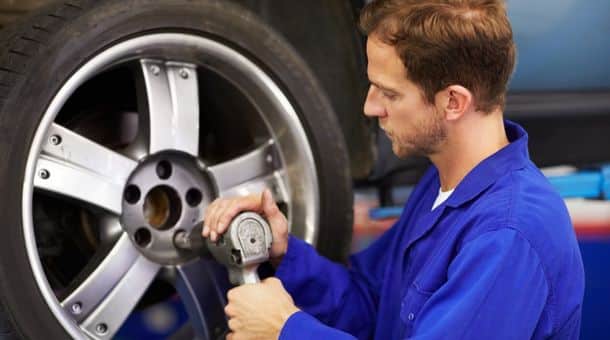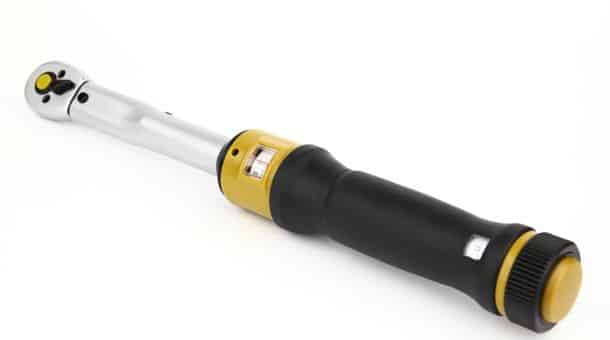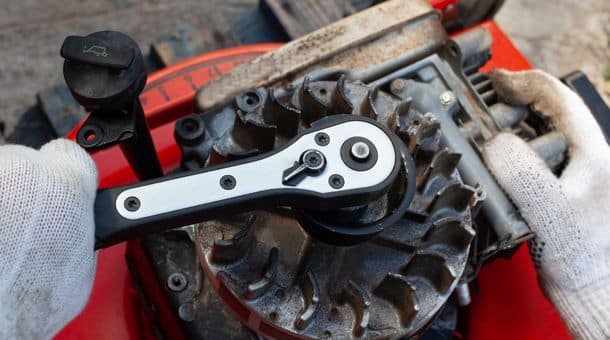In this article, we will explain how car manufacturers evaluate Torque and Horsepower . Torque is the measure of the ability of a party to bend an object, while horsepower measures its capacity over time. Dynamometers are instruments used to measure torque. Once torque has been calculated, you can add it to a formula to determine horsepower.
KEY DIFFERENCES BETWEEN HORSEPOWER VS TORQUE
Horsepower can be used to gauge the overall performance of an engine. Torque is a straightforward measurement of the machine’s highest force twisting when working hard.
This is why pickup trucks are equipped with high-torque engines that produce much more power than compact cars.
For example, for instance, it is the Toyota Tundra’s 5.7L I-FORCE V8 engine comes with 381 horsepower, with a massive 400 lb.-ft of torque. This torque is high enough to give drivers ample power for tough jobs, including towing, hauling, or climbing steep slopes.
However, this Toyota Corolla Hatchback is equipped with the Dynamic Force four-cylinder engine that produces the power of 168 horses and 150 lb.-ft of torque.
In this model, the high torque output isn’t required as fuel efficiency is the primary goal. Therefore, the torque and horsepower are set by engineers to provide excellent performance with high fuel efficiency. Consider the hybrid vehicle, powered by a gasoline engine but augmented with an electric motor.
Electric motors are torque stars as they deliver the total torque output immediately. This will be evident every time you use your blender. As soon as you turn it on, its electric motor can instantly apply all the torque it can to blades without any waiting.
This same instantaneous and powerful torque makes hybrid cars such as the Toyota Prius, Corolla Hybrid, and RAV4 Hybrid provide lower fuel consumption and improved performance.
How to Measure the Torque (Twisting Power) of Your Car
The torque is proportional to horsepower. It varies according to the vehicle and its particular characteristics. The size of the wheels and gear ratio affect torque.
When you’re looking to buy a new vehicle or build a car in the garage, there are two variables at play in determining your engine’s performance: torque and horsepower.
If you’re like the majority of DIY mechanics or enthusiasts of the automotive industry likely to have an excellent understanding of the connection between torque and horsepower, but you might be struggling to understand how “foot-pound” numbers are accomplished. It’s true, and it’s not all that complicated.
Before we go into the technical details, let’s look at some easy terms and concepts that help us understand why both torque and horsepower are crucial factors to consider. Let’s begin by delving into the three factors that determine the combustion engine’s performance: speed, torque, and.
How engine speed, torque, and horsepower impact overall performance
One of the biggest mysteries of engine performance was finally worked out after retracing the fundamentals of how horsepower is taken into account. Most people think that Dynometers (engine dinos) is made to measure the horsepower of engines. The torque figure can be multiplied by the RPM measured and then divided by 5,252 for a horsepower figure.
Each engine is either electric or combustion and operates at various speeds. The quicker an engine finishes its power stroke or cycle, the more incredible energy it creates. For combustion engines, the three components that affect the performance of a machine are torque, speed, and horsepower.
Speed refers to how fast the motor can perform its job when we compare its rate to a specific number or measurement unit to measure the engine’s momentum in the form of revolutions per minute, or RPM. The “work” that the machine does is the result of a force applied over a specified distance.
Torque is the work that results in motion. It happens when pressure is applied to an area (or for an engine that burns the flywheel) and is usually expressed in feet pounds.
Horsepower is the speed that work can be completed. When objects had to move, people used horses to transport them in the past. It was estimated that a horse could move around 33,000 lbs per minute.
This is the reason why the word “horsepower” originates. In contrast to speed or torque, horsepower is measured in various units such as 1 HP = 746 Watts 2 545 BTUs = 1 HP and 1 HP equals 1,055 joules.
The three components work to create engine power. Since torque is constant, the speed and horsepower are in proportion. But, as the engine’s performance increases, the horsepower increases to ensure the same torque.
What many people are confused about is the way that torque and horsepower affect the speed of the engine. In simple terms, when the horsepower and torque rise and the speed of the machine. It’s the same for reverse When the horsepower and torque drop and the engine’s speed.
How Engines are Built to Maximize Torque?
A modern engine is modified to increase the power or torque of the machine by altering the length or size of the rod connecting it, as well as expanding the bore or the diameter of the engine. It is commonly known as the ratio of stroke/bore.
The measurement of torque is as Newton meters. Simply put, this signifies that the torque measurement is done using an arc of 360 degrees. This example uses two identical motors with the same bore (or the diameter of the combustion cylinder).
However, one of these two motors are equipped with a more significant “stroke” (or the depth of the cylinder, as created by a more long connecting rod).
The motor with the more powerful stroke is more straightforward as it moves throughout the combustion chamber and has greater leverage to perform the same thing.
The torque measurement is in pounds-feet or the amount of “twisting force” applied to accomplish a task. For example, suppose you’re trying to break loose an old bolt. Let’s say that you have two pipe wrenches.
One is 2′ long, and the other is just 1 inch long. If you assume that you apply the identical magnitude of force (in this instance, fifty pounds), you’re applying 100 feet of torque with the two-foot wrench (50 2) and just 50 pounds.
Of torque (1 50 x 50) using the one-foot wrench. Which twist will allow you to loosen the bolt faster? It’s easy to answer which one has the most torque.
Engineers design an engine to create a more significant power to-torque ratio for vehicles that require additional “power” for acceleration or climbing.
In general, you will notice higher torque ratings for high-end trucks designed for towing or high-performance engines in which acceleration is essential (such as in the NHRA top Fuel Engine example noted above).
This is why automotive makers frequently highlight the torque capabilities of truck engines in commercials. The torque of motors can be increased by altering the timing of ignition and adjusting the air-fuel mixtures or even manipulating the fuel to increase the output of torque in certain situations.
Understanding other variables that affect general torque ratings for an engine. When it comes down to measuring the torque, there are three distinctive factors within the combustion engine you should consider:
The force is generated at a certain RPM. This is the highest horsepower engine produced at the desired RPM. As an engine gets faster, there will be an RPM or horsepower curve. As the engine’s RPM rises, the horsepower also increases until it reaches the maximum threshold.
The distance The length of the rod’s connecting stroke. As we have explained previously, the longer the stroke, the more torque will be created.
The torque constant is a mathematical figure for all engines, 5252, or the constant RPM, where horsepower and torque are matched. The name 5252 comes from the fact that one horsepower was equal to 150 pounds, which was 220 feet in a minute.
Mathematical formulas were developed to quantify this in feet pounds of torque in the work of James Watt, who invented the first steam engine.
FAQ About How car manufacturers measure Torque and Horsepower
What is the method used by car makers to Determine torque?
The most popular method of testing the power and torque in an engine with a dynamometer is also known as a “dyno” test. The test usually involves connecting the engine’s output shaft to a test setup that applies an electrical load.
Is torque higher, indicating more excellent acceleration?
Therefore, the greater torque your vehicle has more power, the higher the speed. It is an essential component in generating energy from a car’s engine because it is the amount of load that a machine can take on to produce a certain amount of power that allows it to turn the engine’s axis.
What is the best torque for an automobile?
The engines of mainstream automobiles and trucks generally produce 100 to 400 pounds. -ft of torque. The pistons inside a machine generate this torque as they rotate upwards and downwards on the engine’s crankshaft, which causes it to spin (or turn) continuously.






